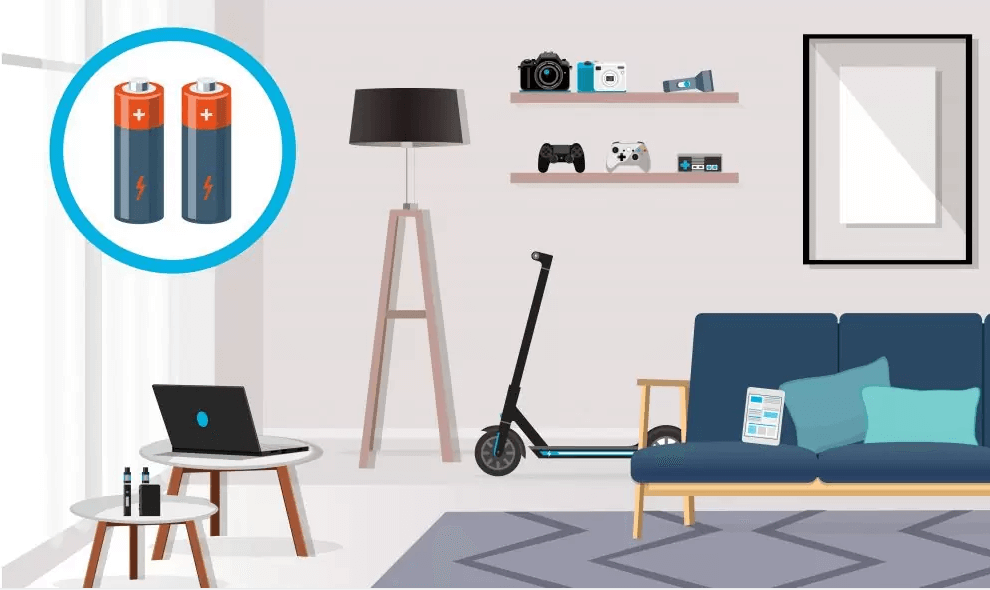Classification of Lithium Batteries
Bright Power introduce Classificaiont of Lithium Batteries.
Lithium battery is a type of rechargeable battery that uses graphite or other carbon materials as the negative electrode and lithium-containing compounds as the positive electrode.
pool. It is a type of battery that uses lithium metal or lithium alloy as the positive/negative electrode material and uses a non-aqueous electrolyte solution.
Let’s first understand the development of lithium batteries:
1981 Published the first patent on lithium-ion batteries.
In 1992, SONY began mass production of civilian lithium-ion batteries.
In 1998, a large number of prismatic lithium-ion batteries were put on the market, occupying a large market share.
In 1999, China began mass production of lithium-ion batteries.

Classification of Lithium Batteries
Bright Power Interpret the Classification of Lithium Batteries for you:
1.Classified by appearance:
Cylindrical lithium battery
Cylindrical lithium ion batteries, the model name is generally 5 digits, the first two digits are the diameter of the battery, the middle
The two digits are the height of the battery, and the last digit 0 represents cylindrical shape, and the unit is mm.
The most commonly used cylindrical lithium batteries:
18650 lithium battery
14500 lithium battery
18500 lithium battery
21700 lithium battery
26650 lithium battery
32650 (32700) lithium battery
Square lithium battery
Square lithium batteries usually refer to aluminum or steel square lithium batteries, which are widely used in surveying and mapping, medical equipment, convenience
Portable Testing Equipment
2.Classified by shell:
Classfied by shell
Steel shell lithium battery
Early lithium-ion batteries were mostly steel cases. Due to the heavy weight of the steel shell, the safety is poor, but the stability of the steel is strong, and the rear
In the recent period, many manufacturers have optimized the design structure of devices such as safety valves and PTCs, greatly increasing their safety performance. while others
Directly replace the steel case with an aluminum case and soft case, such as the current mobile phone battery.
Aluminum case lithium-ion battery
Aluminum shell lithium-ion batteries are slightly better than steel shell lithium-ion batteries due to their lighter weight and safety.
Flexible packaging lithium-ion battery
Due to the advantages of light weight, low mold opening cost and high safety, flexible packaging lithium-ion batteries are gradually expanding their use market share.
3.Classified by cathode material:
There are currently four types of cathode materials used in lithium-ion batteries:
Lithium cobaltate(LiCoO2).
Lithium Manganate(LiMn2O4).
Lithium iron phosphat(LiFePO4).
Nickel cobalt manganese(ternary)lithium (LiNiMnCoO2 or NMC).
4.Classified by Electrolyte:
- Liquid lithium-ion batteries
Liquid lithium-ion batteries use liquid electrolytes, which are organic solvents + lithium salts.
- Lithium-ion batteries polymer
Lithium-ion batteries polymer are replaced by solid polymer electrolytes, which can be “dry” or
It is “colloidal”, and most of them currently use polymer colloidal electrolytes. The polymer matrix is mainly HFP-PVDF,PEO, PAN and PMMA etc.
- All solid Lithium-ion batteries
All solid Lithium-ion batteries is a kind of electrode and electrolyte materials used in the working temperature range are solid,A lithium-ion battery that does not contain any liquid components, so the full name is “all solid electrolyte lithium-ion battery”.

